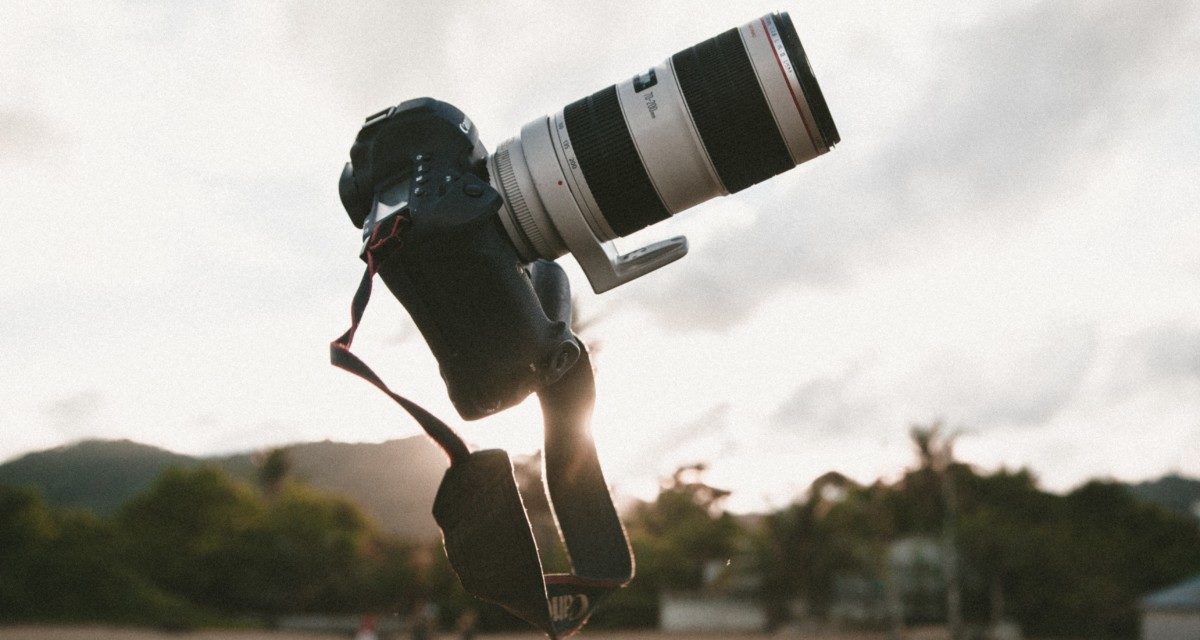[ad_1]
Have you ever wondered why your photographs are sometimes blurry or even feel that your hands are very exhausted after an hour of photo taking session? This may likely be the way you hold your SLR camera.
It is very important that you hold your SLR correctly in order to have a firm and stable grip. Without a proper knowledge on this, you may potentially encounter camera shake which delivers blurry photographs. To be honest, this can be very frustrating especially when photographing indoors or under low light conditions (without tripod or flash of course) where the shutter speed is slower.
I regard learning how to hold your SLR camera correctly being more important than learning other photography tips and techniques. There is no point applying mind-blowing techniques to your photographs, which turn out to be blurry. Also, it is inevitable that you will perceive to be more professional when you are holding your SLR camera in a professional way. The worst thing is to hold your SLR camera like you are taking a photograph using a compact camera!
Always remember that your left hand is the supporting hand, regardless of whether you are taking in portrait or landscape format. Have the base of your SLR camera resting on your left palm. You may want to have the lens resting on your left palm instead if you are using a heavy lens. The trick here is to have your left elbow tucking close to your body for added support. By doing this, you are already creating a good and firm support for your camera without your right hand.
Next, you simply have to ensure that you have a comfortable grip onto the camera's hand grip with your right hand. Turn your camera anti-clockwise direction when switching from landscape format to portrait. Remember that your left palm will always act as a support.
I strongly discourage you to turn your camera clockwise when taking portraits. This is because you will be giving your right wrist a lot of strain, especially when you are attaching a heavy lens onto your camera. Not only that, it is more challenging to press the shutter button this way, let alone to make any quick adjustment necessary when viewing through the view-finder.
Another trick is to wrap your camera strap around your right hand for added support. It is actually a good habit to always keep this practice. Who knows when “accident” will happen and your camera will always be close to you even if you let go both hands. Trust me, having your camera landing on the ground is not an item you want to have in your wish-list.
[ad_2]
Source by Chin Yong Sak

